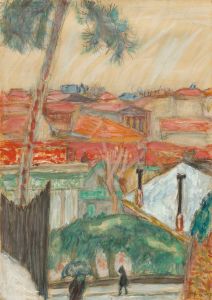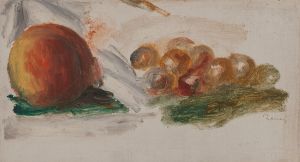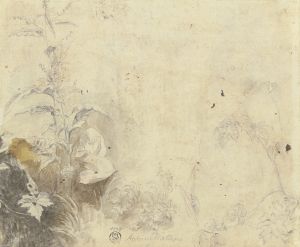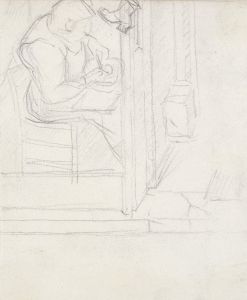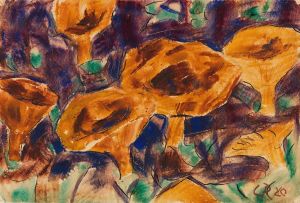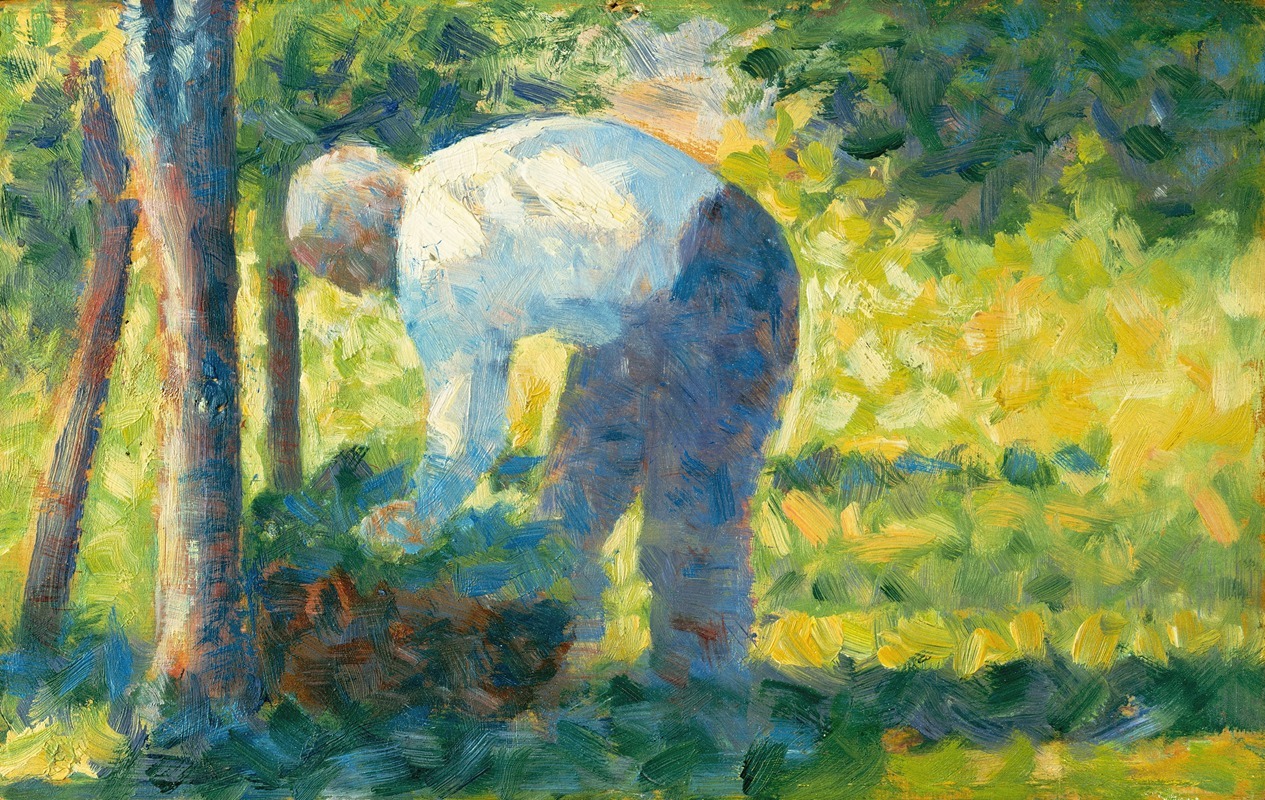
The Gardener
A hand-painted replica of Georges Seurat’s masterpiece The Gardener, meticulously crafted by professional artists to capture the true essence of the original. Each piece is created with museum-quality canvas and rare mineral pigments, carefully painted by experienced artists with delicate brushstrokes and rich, layered colors to perfectly recreate the texture of the original artwork. Unlike machine-printed reproductions, this hand-painted version brings the painting to life, infused with the artist’s emotions and skill in every stroke. Whether for personal collection or home decoration, it instantly elevates the artistic atmosphere of any space.
Georges Seurat, a pioneering French post-Impressionist artist, is renowned for his innovative use of pointillism, a technique characterized by the application of small, distinct dots of color to form an image. Among his body of work, "The Gardener" is a painting that reflects his meticulous attention to detail and his interest in capturing everyday scenes with a scientific approach to color and light.
"The Gardener" was completed in 1882-1883, during a period when Seurat was deeply engaged in developing his unique style. This painting is an early example of his exploration into the divisionist technique, which later evolved into the more refined pointillism. The artwork depicts a gardener, a subject that aligns with Seurat's interest in portraying ordinary people and their environments. The choice of a gardener as a subject reflects Seurat's fascination with the natural world and the people who interact with it.
In "The Gardener," Seurat employs a combination of small brushstrokes and a careful arrangement of colors to create a harmonious composition. The painting is notable for its subtle use of color contrasts and the way Seurat captures the play of light on the figure and the surrounding foliage. This approach demonstrates his understanding of contemporary color theory, which was influenced by scientific studies on optics and perception.
Seurat's technique in "The Gardener" involves layering colors to achieve a vibrant effect, allowing the viewer's eye to blend the colors optically rather than physically mixing them on the palette. This method was revolutionary at the time and set the stage for his later masterpieces, such as "A Sunday Afternoon on the Island of La Grande Jatte."
The painting is also significant for its composition and the way Seurat positions the figure within the landscape. The gardener is depicted in a moment of quiet concentration, absorbed in his work, which adds a sense of tranquility and introspection to the scene. This focus on the individual's interaction with their environment is a recurring theme in Seurat's work.
"The Gardener" is housed in the Kröller-Müller Museum in Otterlo, Netherlands, which holds an extensive collection of Seurat's works. The museum provides insight into Seurat's artistic development and his contributions to the Neo-Impressionist movement.
Seurat's influence on the art world extends beyond his lifetime, as his techniques and theories inspired subsequent generations of artists. His work laid the groundwork for the development of modern art movements, including Fauvism and Cubism, by challenging traditional approaches to color and composition.
In summary, "The Gardener" by Georges Seurat is a testament to the artist's innovative spirit and his commitment to exploring new artistic techniques. Through his use of color, light, and composition, Seurat captures a moment of serene beauty, inviting viewers to appreciate the subtle complexities of everyday life.





